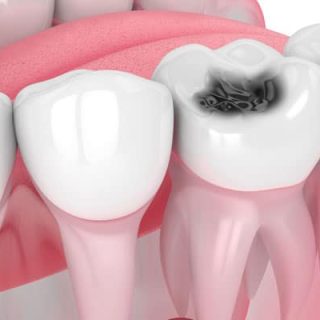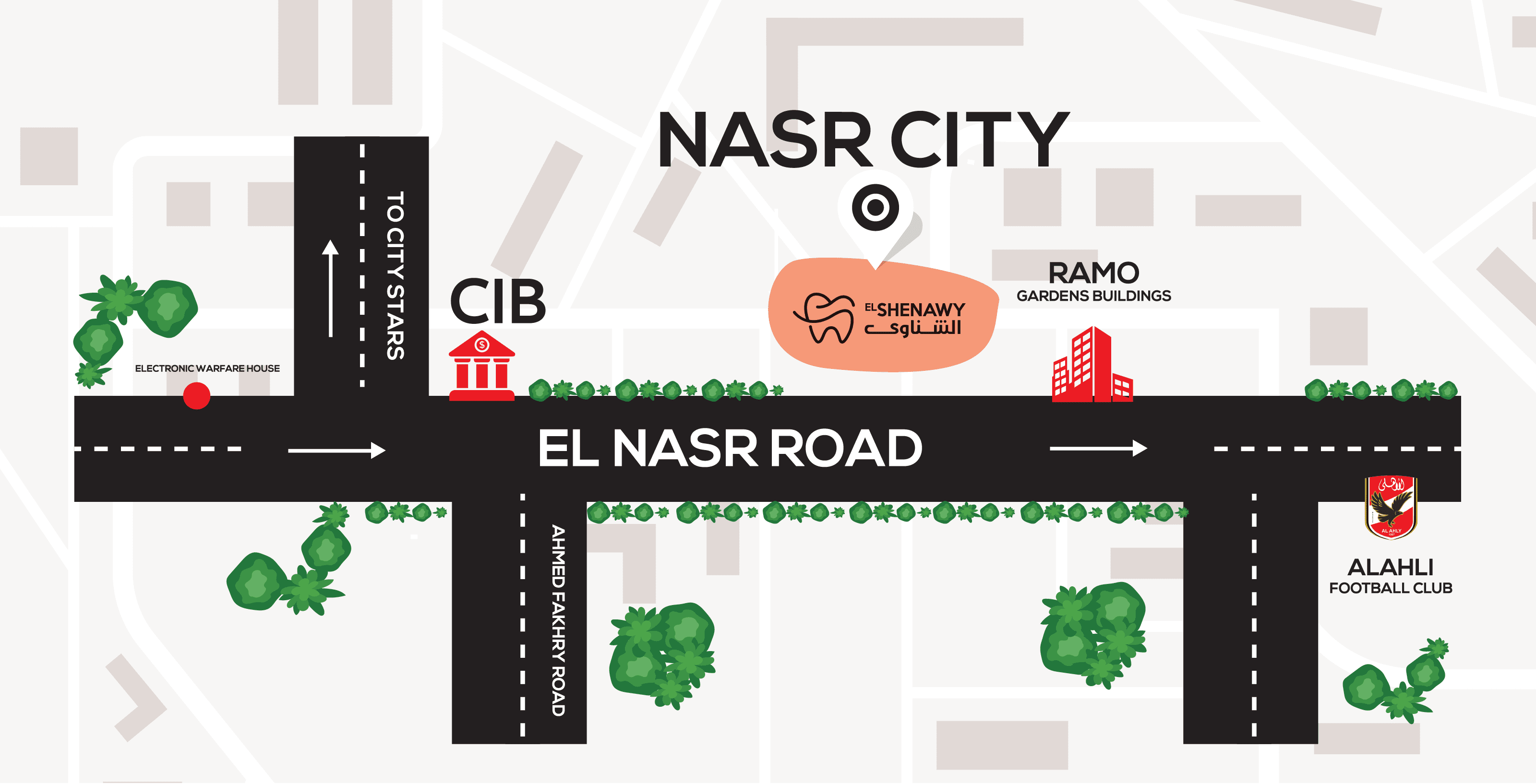Many parents don’t realize the importance of baby teeth since they eventually fall out to make room for adult teeth. But these early teeth, also called milk teeth, are actually super crucial for a child’s health and development. They help kids chew their food properly, speak clearly, and hold the space needed for the adult teeth to grow straight in the right position. Neglecting them can lead to problems that affect future dental health, which is why baby teeth treatment is more important than many parents realize.
In the following sections, we’ll highlight the importance of early dental care and the steps every parent can take to safeguard their child’s future oral health.
Baby teeth treatment: is it necessary to treat milk teeth?
The short answer is yes, treatment is necessary. Baby teeth are not just temporary placeholders; they play a crucial role in your child’s ability to eat, speak, and develop healthy oral habits.
If baby teeth cavities are not taken care of, they can cause pain and infections and may interfere with the development of the permanent teeth. For example, if a space is created when a baby tooth is lost prematurely due to decay, then teeth next to that space can shift into it which can lead to crowding or some misalignment when adult teeth begin to grow in. This can create long-term orthodontic issues that require more complex treatment later.
By addressing issues early with proper treatment, parents can prevent complications and help their children build positive dental experiences from a young age.
Common dental issues in baby milk teeth
- Early shedding of primary teeth: If a child’s baby teeth fall out sooner than they should, it may affect the alignment of permanent teeth.
- Dental cavities: Cavities are the most frequent dental issue for children, and they’re often connected to sugary snacks and poor oral hygiene.
- Delayed eruption of permanent teeth: Sometimes adult teeth take longer to come in and should be monitored by a dental professional.
- Jaw misalignment: issues with bite and jaw position can begin developing in early childhood, especially due to prolonged thumb sucking habit.
- Tooth erosion: This usually happens when acidic foods or drinks start to wear away the tooth enamel over time.
- Tooth fractures: Chipped or broken teeth from accidents or injuries require prompt medical attention.
- Gum inflammation: Swollen or bleeding gums may indicate infection or poor oral hygiene habits.
Recognizing these problems early and seeking timely treatment helps prevent long-term complications while protecting your child’s comfort, health, and smile.
Signs & symptoms parents should watch for
- White or brown spots on teeth: Spots on teeth that are white or brown may be signs of cavities in their early stages.
- Tooth pain or sensitivity: Children may complain of tooth pain or sensitivity when eating hot, cold or sugary foods.
- Swollen or bleeding gums: Often a sign of gum inflammation or early gum disease.
- Persistent bad breath: May signal untreated decay or infection.
- Loose teeth at an unusual age: May point to early shedding of baby teeth.
- Delayed eruption of new teeth: When permanent teeth appear later than it should.
- Jaw clicking or misalignment: Potential signs of a bite issue.
Most common treatments for baby teeth cavities
Treating cavities in infants can be a bit challenging, but thankfully, there are safe and effective ways to care for baby teeth.
- Fluoride treatments: Applied as a varnish directly onto the teeth, fluoride helps prevent and even reverse early decay. It’s quick, painless, and well-tolerated by most children.
- Laser dentistry: A painless approach for the removal of decay, using no drill, making it perfect for very young or apprehensive patients.
- Composite fillings: After the dentist removes the decay, tooth-colored fillings are used to restore the strength, integrity, and natural appearance of the tooth.
Pain & anxiety management for kids
Going to the dentist can feel a bit scary for young kids, but with the right approach, it can actually turn into a positive experience.
Some effective ways to reduce fear and anxiety:
- Speak to your child softly: Use gentle and simple words. You can also view shows, short educational videos or even funny cartoons about dental appointments together.
- Avoid negative talk: Don’t share painful dental experiences and do not say words like “hurt” “needle” as it might cause fears for no reason.
- Prepare in advance: Inform your child in advance of the dental appointment, but make sure to keep the explanation light and positive.
- Bring comfort items: A favorite toy, blanket, or story can provide a sense of security during the visit.
- Trust the pediatric dentist: Professionals are taught to manage pain and establish a soothing atmosphere using gentle, kid-friendly methods.
Tips to maintain healthy milk teeth
- Start early:Clean your child’s gums with a soft cloth before they erupt their first tooth. Once teeth erupt, use a small, soft-bristled toothbrush.
- Use the right amount of fluoride toothpaste: A pea-sized smear is ideal for older kids, while a smear the size of a grain of rice is sufficient for toddlers.
- Promote a healthy diet: Limit cavities-causing sugary snacks and beverages. Instead, serve foods high in calcium, fruits, and vegetables.
- Establish a routine: Brushing twice daily and rinsing with water after meals. Consistency is key.
- Avoid bedtime bottles: Prolonged exposure to milk or juice at night can lead to tooth decay (often called “baby bottle decay”).
- Be a good role model: Kids learn a lot by watching their parents, so let them see you brushing and flossing your own teeth too.
When & how often should children visit the dentist?
It is advised that children have their first dental visit at the age of one, or within six months after their first tooth appears. The dentist is able to monitor growth and development of teeth, inform parents about oral care, and help to prevent any small problems from growing into larger ones through early appointments.
After that first visit, children should routinely visit the dentist for a check-up every six months
You should also visit the dentist if you spot any of the following signs or symptoms:
- White or brown spots on teeth.
- Tooth pain, sensitivity, or discomfort while eating.
- Swollen, red, or bleeding gums.
- Persistent bad breath that doesn’t improve with brushing.
- Loose teeth earlier than expected.
- Delayed eruption of permanent teeth.
- Chipped, cracked, or fractured teeth after injury.
- Difficulty chewing or avoiding certain foods.
- Jaw clicking, misalignment, or bite problems.
Expert pediatric care at El-Shenawy Dental Centers
At El-Shenawy Dental Centers, your child is always in safe and caring hands. Our pediatric dentist is truly committed to making each visit personal and fun, ensuring every young patient gets the best possible dental care.
We recognize that children need more than just treatment, they need comfort, patience and playful strategies to help them feel relaxed in the dental chair. That’s why, as a team of specialists, we work purposely to create an environment where dental visits may also be fun.
Using modern technology, we shield your child’s milk teeth and molars from harmful bacteria and tackle cavities at their earliest stages. Whether it’s routine preventive care or more complex baby teeth treatments, we blend our knowledge with gentle methods to protect your little one’s smile and lay the groundwork for a lifetime of good oral health.
Book an appointment with our pediatric specialists today!
Frequently asked questions
-
What is the best medicine for a teething baby?
For teething discomfort, try a chilled (not frozen) teething ring, gently rub your baby’s gums with a clean finger, or offer some soft food like melon, if they are over 6 months old. Also, comfort, play, and distractions can all help. If your baby is very distressed, ask your doctor or pharmacist about any safe pain relief such as infant paracetamol or ibuprofen.
-
When should I start brushing my child’s teeth?
You can start cleaning your baby’s gums with a soft cloth prior to their first tooth coming in. As soon as the baby develops their tooth, you should brush their teeth with a small soft bristled toothbrush and a smear of fluoride toothpaste ( about the size of a grain of rice). By 3 years of age you can increase to a pea size amount.



















